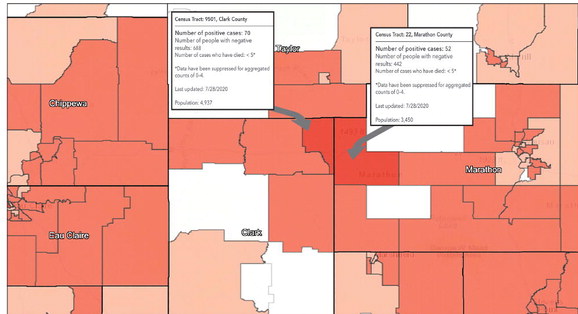Abby-Colby area a COVID hot spot


122 cases have been reported in immediate area
As of Tuesday, if the Abby-Colby area were its own county, it would outrank 35 other counties across ...


122 cases have been reported in immediate area
As of Tuesday, if the Abby-Colby area were its own county, it would outrank 35 other counties across ...